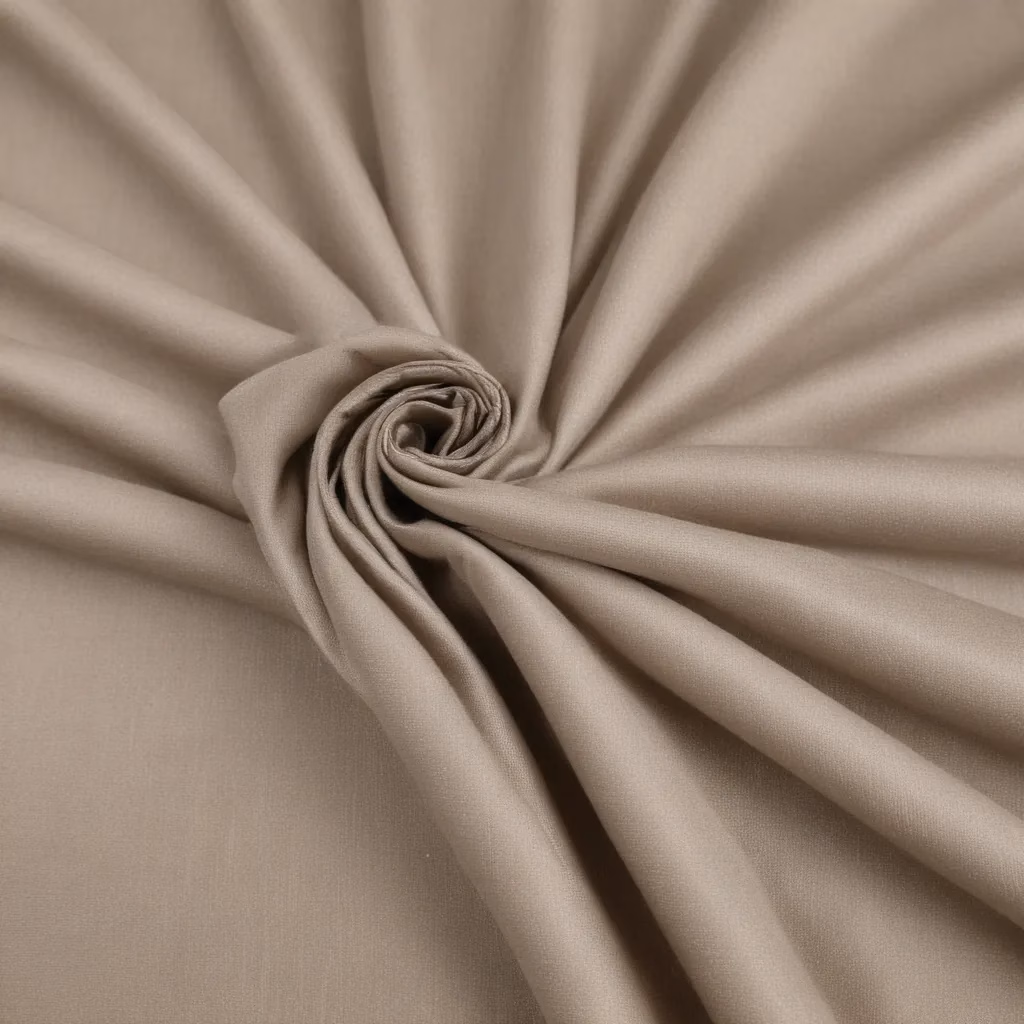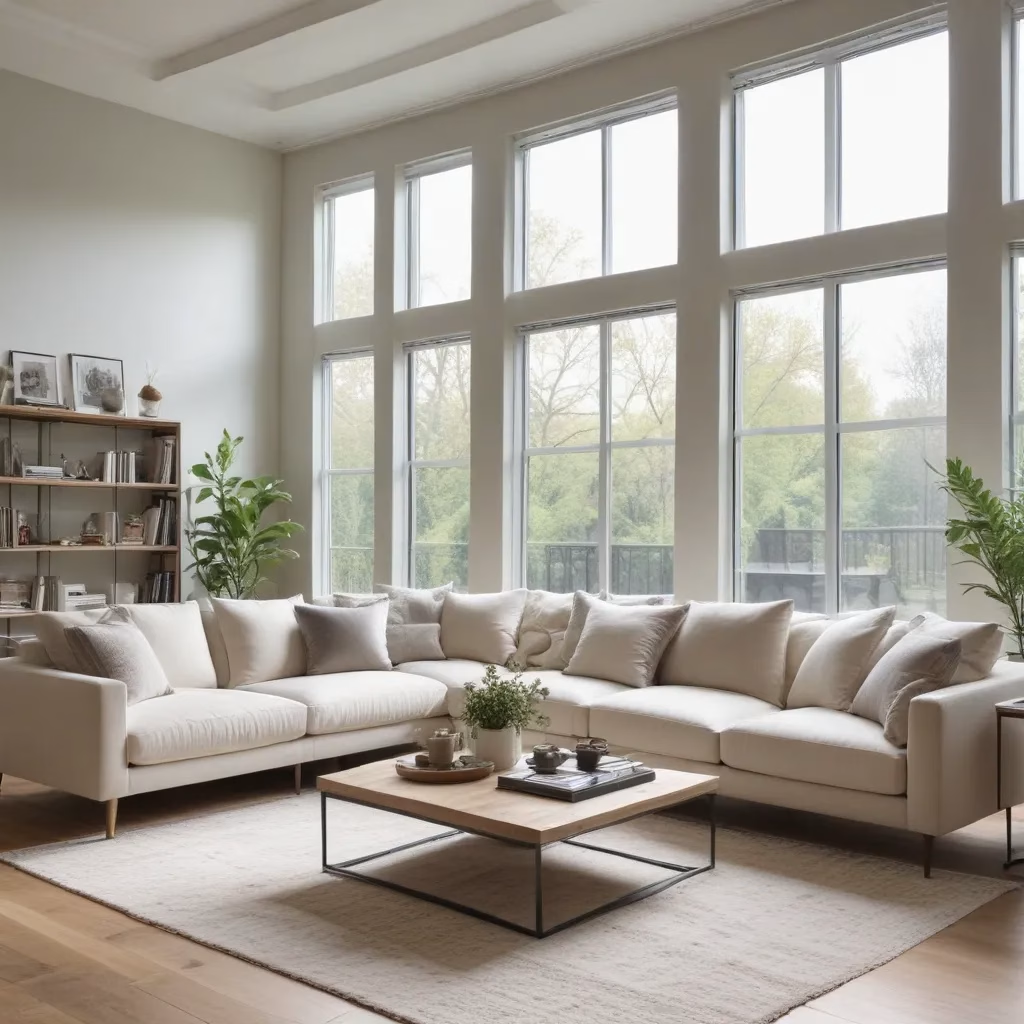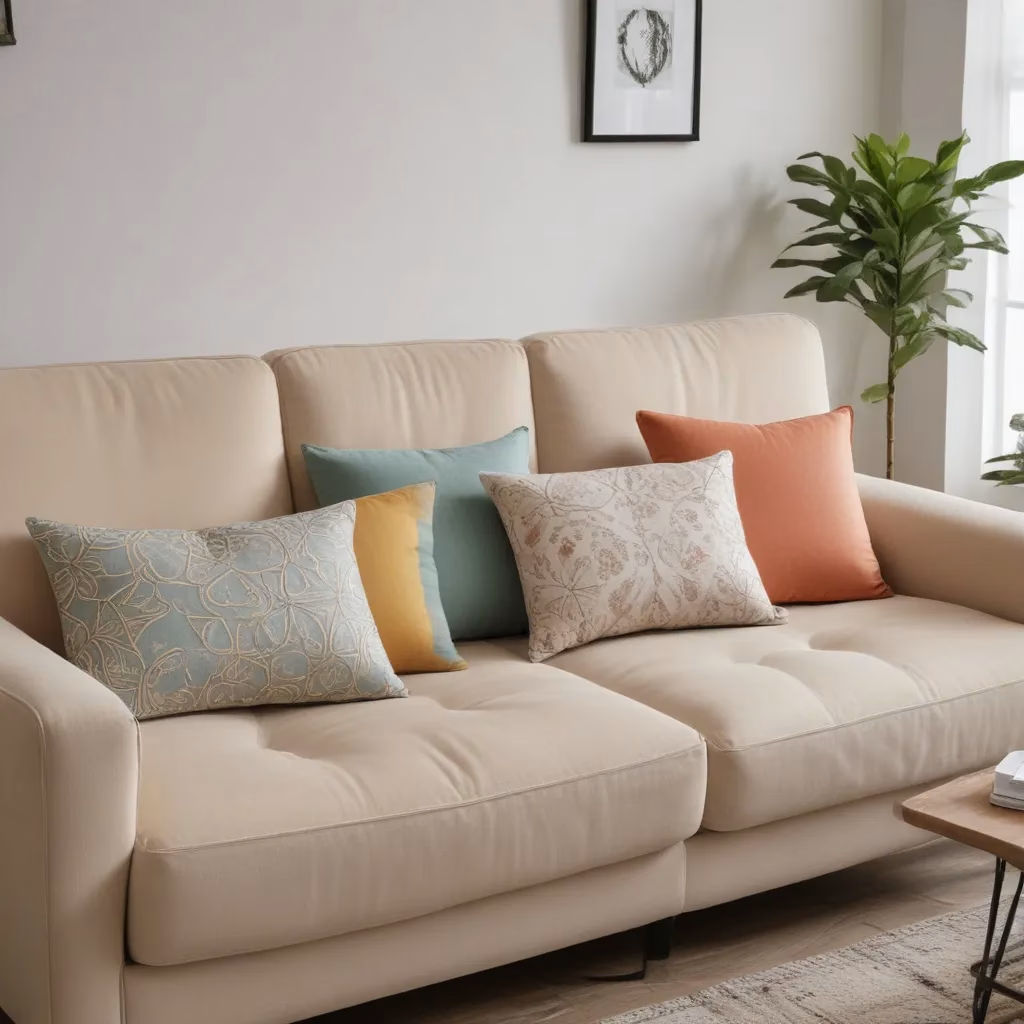
Selecting Fabrics that Conceal Wear and Tear
As an experienced furniture consultant and interior design writer, I’ve seen how the right upholstery fabric can make all the difference in a living room. In our 15 years installing… Not only does it affect the overall aesthetic, but a durable, long-lasting fabric can also be the key to keeping your sofas and chairs looking their best for years to come.
When it comes to choosing fabrics that can withstand the demands of everyday life – whether it’s spills, pet hair, or just general wear and tear – there are a few important factors to consider. In this comprehensive guide, I’ll share my top tips for selecting fabrics that conceal damage and maintain their fresh, vibrant appearance.
Durable Fabric Qualities
The first step in finding the perfect upholstery fabric is to understand the qualities that contribute to its durability. One of the most reliable indicators is the “double rubs” (or “rubs”) count – a measure of how many times a fabric can be rubbed back and forth before showing visible signs of wear.
Upholstery-weight fabrics typically have a double rubs count of 15,000 or higher, with the most durable options reaching 25,000 to 30,000+ double rubs. The higher the number, the more resistant the fabric will be to abrasion and fading over time.
Another important factor is the material composition. Natural fibers like cotton, linen, and wool tend to be less durable than synthetic blends that incorporate polyester, nylon, or acrylic. Performance fabrics like Crypton, Sunbrella, and Bella Dura are engineered to be exceptionally stain-, fade-, and abrasion-resistant – making them excellent choices for high-traffic areas.
When evaluating potential fabrics, pay close attention to the hand (or feel) of the material. Softer, more pliable textiles may be less durable than stiffer, more structured options. And don’t forget to consider factors like ease of cleaning and maintenance requirements. ¬
Patterns and Textures for Concealing Wear
Once you’ve narrowed down your fabric choices based on durability, it’s time to think about aesthetics. When it comes to hiding signs of wear and tear, certain patterns and textures can be incredibly helpful.
Solid, neutral-colored fabrics like beige, grey, and navy tend to be the most forgiving – small scuffs and stains are less noticeable than on bright or heavily patterned upholstery. However, that doesn’t mean you have to sacrifice visual interest. Textured weaves, such as chenille, corduroy, and brushed microfiber, can add depth and visual richness while also concealing minor imperfections.
For a bolder look, consider medium-scale patterns that incorporate a mix of light and dark tones. Intricate, small-scale prints can also be a smart choice, as they tend to mask stains and fading more effectively than large, uninterrupted patterns.
Ultimately, the key is to find a balance between your desired aesthetic and the practical needs of your space. Don’t be afraid to bring home fabric samples and test them out in your living room to see how they perform and fit with your existing décor.
Choosing Stain-Resistant Upholstery
One of the biggest challenges when it comes to maintaining the condition of your sofas and chairs is dealing with spills and stains. That’s why it’s so important to prioritize stain-resistant upholstery fabrics, especially if you have young children or pets in the home.
In addition to performance fabrics like Crypton and Sunbrella, which are specifically engineered to repel liquids and resist staining, there are a few other options worth considering:
- Leather: While not as soft and cozy as certain textiles, leather is an incredibly durable, easy-to-clean material that can withstand heavy use.
- Microfiber: This synthetic fabric is surprisingly soft and supple, yet it’s highly resistant to stains and fading.
- Polyester blends: Fabrics with a high polyester content tend to be more stain-resistant than natural fibers like cotton or linen.
No matter which material you choose, be sure to treat any spills or stains promptly, following the manufacturer’s cleaning instructions. Investing in a high-quality fabric protector can also help create an invisible barrier against everyday messes.
Living Room Layout Tips
Of course, your sofa fabric selection is only one part of the equation when it comes to creating a living room that’s both stylish and durable. The way you arrange your furniture can also have a big impact on how well your upholstery holds up over time.
When positioning your sofas and chairs, be mindful of high-traffic areas where people are constantly walking, sitting, and moving around. Placing your most delicate or valuable pieces in less-traversed corners can help minimize wear and tear. Alternately, you might consider using more durable fabrics on the pieces that see the most action.
Thoughtful zoning with area rugs can also be an effective way to delineate spaces and protect your floors and furniture from excessive foot traffic. And strategic lighting placements can help minimize sun exposure, which can cause fabrics to fade over time.
Remember, the key is to strike a balance between form and function – creating a living room that not only looks beautiful but also holds up to the realities of everyday life.
Sofa Cleaning & Maintenance
Of course, even the most durable upholstery fabrics will require regular cleaning and maintenance to keep them looking their best. That’s why it’s essential to understand the appropriate care and cleaning methods for your chosen materials.
For machine-washable fabrics, be sure to follow the manufacturer’s instructions carefully. Avoid using harsh detergents or bleach, as these can compromise the fabric’s integrity and color. And when it comes to spot-cleaning, it’s always best to test any cleaning solutions on an inconspicuous area first.
For non-washable upholstery, regular vacuuming, light brushing, and the occasional professional cleaning can help extend the life of your fabrics. You may also want to consider investing in a fabric protector or scotch-guarding treatment to create an invisible barrier against spills and stains.
No matter which fabric you choose, it’s a good idea to have the appropriate cleaning supplies on hand – everything from mild dish soap to specialized upholstery cleaners. Being proactive about maintenance can go a long way in keeping your sofas and chairs looking their absolute best.
Styling for Comfort & Aesthetics
Of course, selecting durable, stain-resistant fabrics is only one piece of the puzzle when it comes to creating a beautiful and functional living room. Equally important is the way you style and arrange your furniture to strike the perfect balance between comfort and visual appeal.
Start by choosing complementary accent pieces – from throw pillows and blankets to side tables and lamps – that enhance the overall aesthetic of your space. Layering in a variety of textures, patterns, and heights can add visual interest and depth.
When it comes to arranging your furniture, focus on creating conversational groupings that encourage relaxation and interaction. Strategically placing your sofas and chairs, and incorporating ottomans or benches, can help define distinct zones within the room.
And don’t forget the beauty and utility of well-placed throw pillows and blankets. Not only do they add a cozy, inviting touch, but they can also help conceal wear and tear on your upholstery over time.
By thoughtfully incorporating both style and function into your living room design, you can create a space that not only looks beautiful but also stands the test of time.
https://sofaspectacular.co.uk/ offers a wide range of high-quality sofas, upholstery, and living room décor solutions to help you achieve the perfect balance of style and durability. With their expert guidance and extensive selection, you’re sure to find the perfect pieces to transform your space.
Tip: Rotate cushions regularly to maintain even wear



